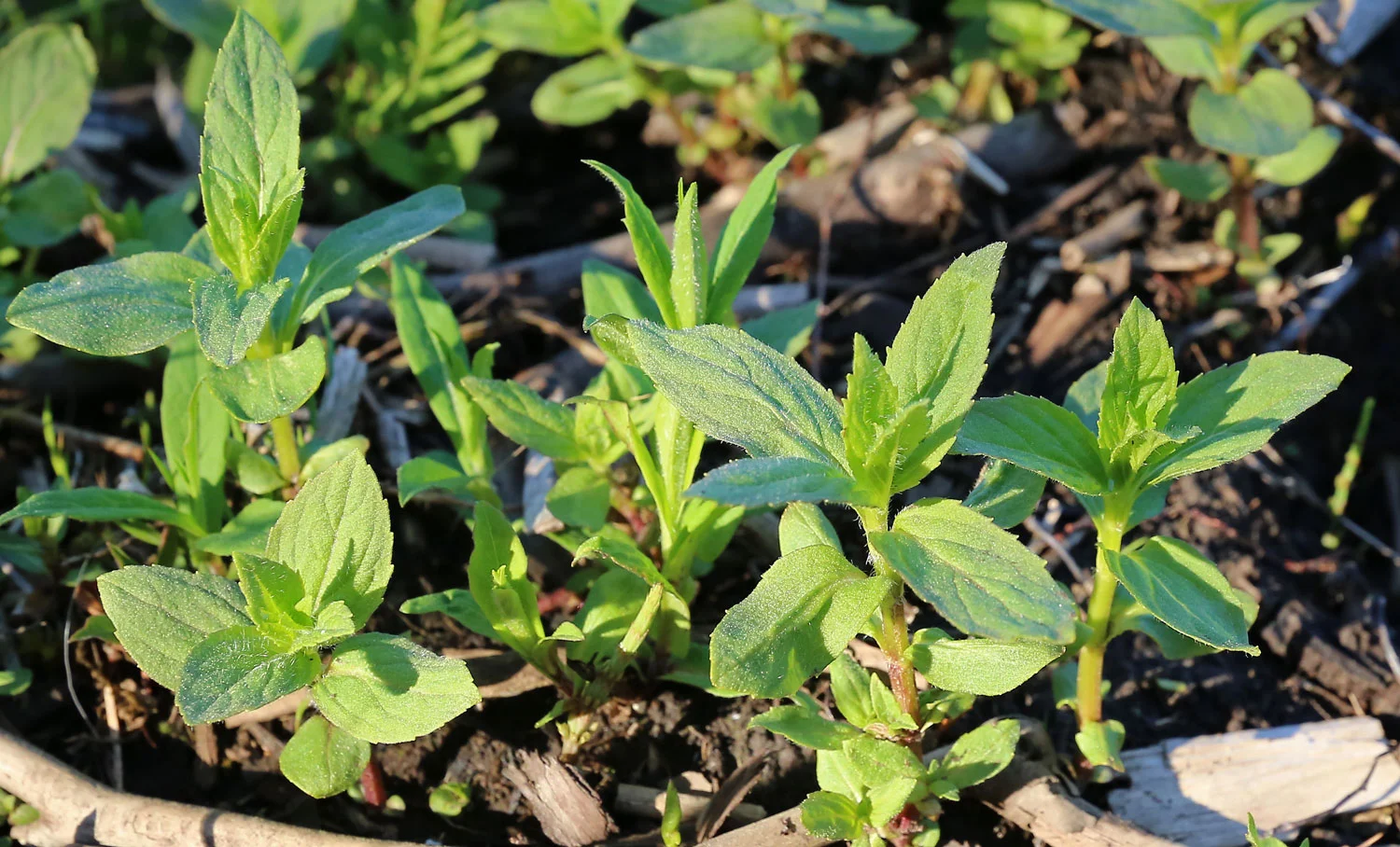Devil's Club Sun Tea
/Some of you have been writing in to ask about how to make devil's club tea. There's several ways to go about it and happily one of the easiest methods is also my favorite! Sun tea is a simple, gentle process.

Fill a jar with cool drinking water. Add several spoonfuls of dried devil's club inner bark. You can also add some dried mint at this point for flavor.
To see how to prepare devil's club bark go to Harvesting Devil's Club Root. For tea you can use the inner bark of the stalk, so you don't need to dig the root. Just be sure to wear appropriate gloves and eye protection to handle devil's club stalks! Dry the bark in a dehydrator, a barely warm oven, or on racks above the wood stove. Keep the temperature low and air moving through the bark bits.
The dried bark bits can be ground finer in a coffee grinder and then ironed into tea bags. (See Wild Tea for photos of filling tea bags.)
Give it a stir, and then set the jar out in a sunny, safe location. A jar of water can create a magnifying glass which can start a fire when the sun shines through it, so I set mine out on the metal boat deck. The towel and pot holder are just for the photos.


Over a few hours or the course of the day the tea will become a lovely, light golden color.
Strain the tea, add flavors if you like - honey and lemon for you? - and sip a cup while relaxing. Devil's club tea has a medicinal taste. There is usually a light sheen of plant oil on the surface of devil's club tea, which is normal and not harmful. Refrigerate any remaining tea and use it up over the next couple of days.
Devil's club tea is invigorating for some people and gives a gentle lift for others. I like to have a cup to bring myself back after a long, strenuous task or if I am feeling generally wrung out.
Sun tea is a great way to make devil's club tea, but not the only way. You can make devil's club tea by pouring boiling water over the dried inner bark (an infusion), or make a decoction by simmering it. Each method creates a slightly different product.

Devil's club is a powerful plant, and it's many sharp spines are a reminder to handle it with physical and spiritual respect in every step.
There are many articles on the medicinal qualities of devil's club: Ryan Drum, National Geographic, and Juneau Empire are a few.
Devil's club can lower blood sugar when used internally. If you have any reason to have concern there then check with your doctor.
Wishing you a sunshiny day,
Alaska Beachcomber
More posts about wilderness food and medicine:
- Field Mint
- Wild Tea
- Making Devil's Club Salve and Tincture
- Harvesting Devil's Club Root
- Bullwhip Kelp Pickle Recipe
These statements have not been evaluated by the Food and Drug Administration. This information is not intended to diagnose, treat, cure, or prevent any disease. The material on this site is provided for informational purposes only and is not medical advice.
Great finds
- Pay N Play Kasinot 2025
- Casino Sites UK
- Best UK Non Gamstop Casinos
- Non Gamstop Casinos
- Non Gamstop Casinos
- UK Casinos Not On Gamstop
- Non Gamstop Casino
- Gambling Sites Not On Gamstop
- Non Gamstop Casino
- Non Gamstop Casino
- Non Gamstop Casino Sites UK
- UK Casino Not On Gamstop
- Meilleur Casino En Ligne
- Gambling Sites Not On Gamstop
- Best Casinos Not On Gamstop
- I Migliori Casino Non Aams
- Non Gamstop Casino Sites UK
- Casino Sites Not On Gamstop
- Non Gamstop Casino
- Casinos Not On Gamstop
- Slots Not On Gamstop
- Non Gamstop Casino Sites UK
- Casino Non Aams Sicuri
- Meilleur Casino En Ligne Fiable
- I Migliori Casino Online
- Casino Crypto Liste
- Casino Online Migliori
- Siti Non Aams Scommesse
- Meilleur Casino En Ligne
- Meilleur Nouveau Casino En Ligne
















